Archaeologists In France Unearth American World War I Military Hospital

Massive military hospital complexes were set up across France during World War I — and now archaeologists have uncovered one near Savenay, along with a trove of items left behind by American soldiers.
INRAPAn aerial view of the Gagnerie du Tertre excavation site in Savenay.
More than a century after Allied forces signed an armistice marking an end to World War I, French archaeologists have unearthed an American military hospital from the war. What’s more, the site revealed a host of items left behind by soldiers who stayed there.
The discovery was announced in a press release from the National Institute for Preventive Archaeological Research (INRAP).
These sprawling hospital complexes often functioned as virtual cities, complete with their own roads, water and electricity services, sanitation networks, and even, on occasion, railways.
The hospital complex, the camp of Gagnerie du Tertre, was found in the town of Savenay in northwestern France, and serves as a testament to the remarkable infrastructure of the American military during the First World War.
The Sprawling Hospital Complexes Set Up By the American Expeditionary Force
When the United States entered World War I in April 1917, a plan was needed to establish the necessary infrastructure for American troops to land in Europe. To prepare for this, the U.S. military deployed the American Expeditionary Force (AEF). Comprised of 200,000 troops, the AEF set about building the infrastructure required for American deployment.
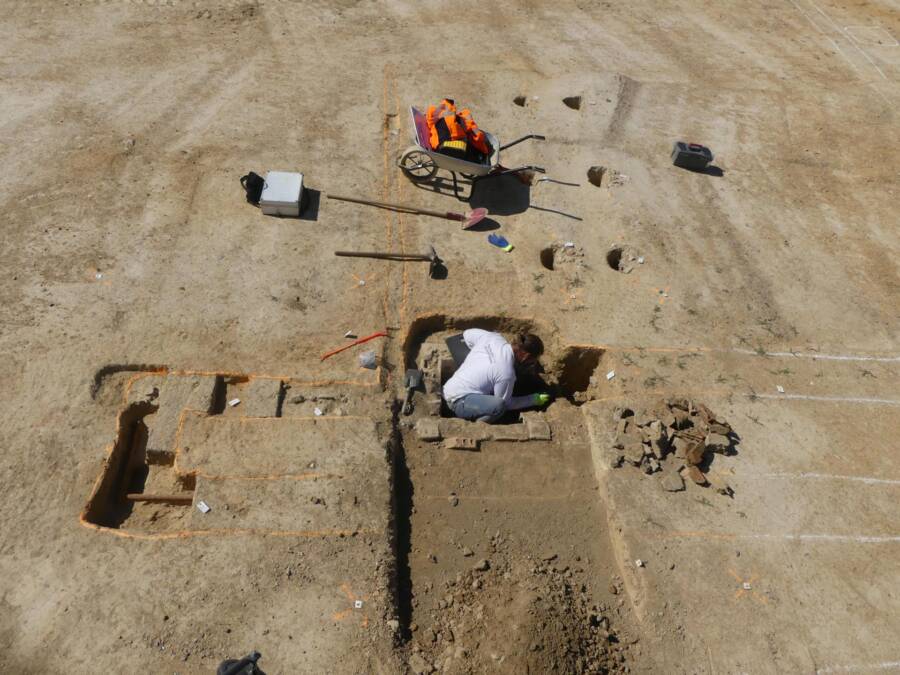

INRAPArchaeologists excavating the Savenay site.
In particular, the AEF wanted to ensure the military would have access to proper medical care to treat wounded soldiers. At first, the AEF relied heavily on French hospitals to treat the wounded, but they quickly began to develop their own hospitals, creating a chain of care from the battlefield directly to military landing zones.
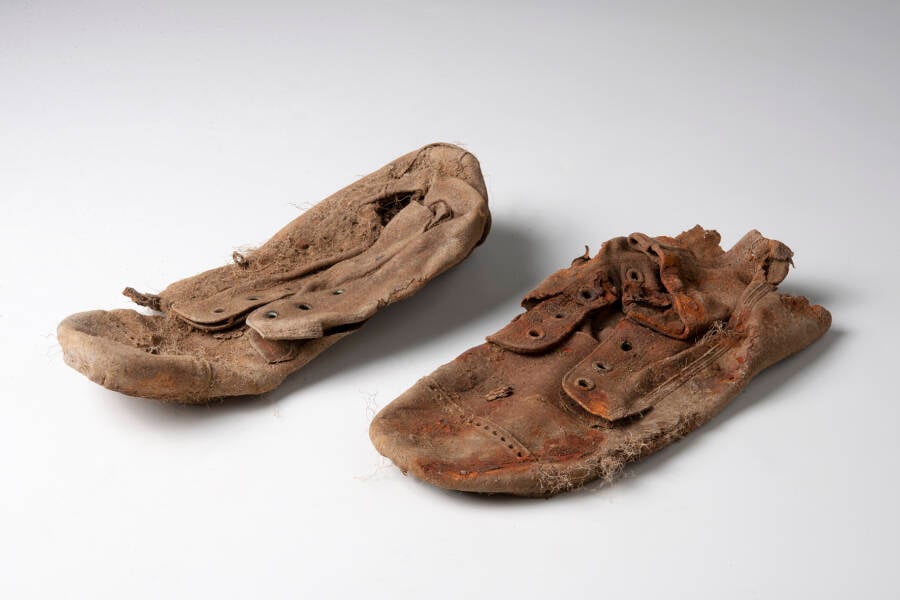

INRAPAn American soldier’s shoes.
The AEF constructed several hundred hospital structures across France, connected by ambulances and medical trains. While some of these were nothing more than simple field hospitals, others were vast centers capable of accommodating up to 25,000 patients.
Given that more than 2 million “sammies” were deployed in France to fight in the war, it makes sense that such massive hospital compounds were established.
Discoveries That Highlight The ‘American Time’ In French History
Gagnerie du Tertre was one such hospital complex, spreading across more than seven acres and divided into two distinct sectors. The complex was surrounded by palisades — fencing used to defend the hospital — and also contained more than 20 dump pits dug into the ground.
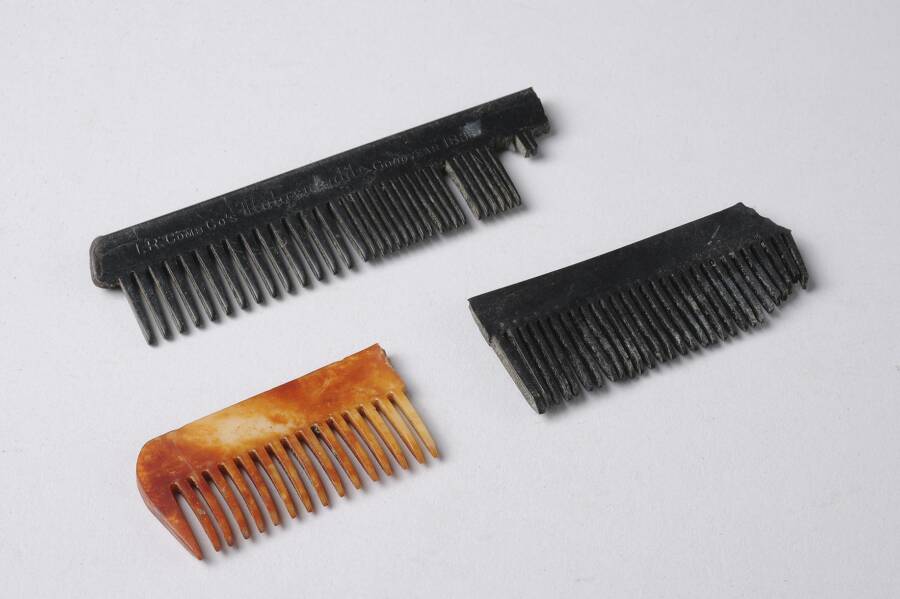

INRAPCombs belonging to soldiers who lived at the hospital complex.
While most of the structures no longer stand, excavations revealed that that site contained around 20 barracks comprising housing, hangars, a refectory, and technical rooms.


INRAPMugs found in dump sites at Savenay.
Researchers said most of the dump pits were filled with construction waste, but there were a number of other items found within that paint a picture of daily life at the compound. Several objects also pointed to the presence of German and Austro-Hungarian prisoners of war.
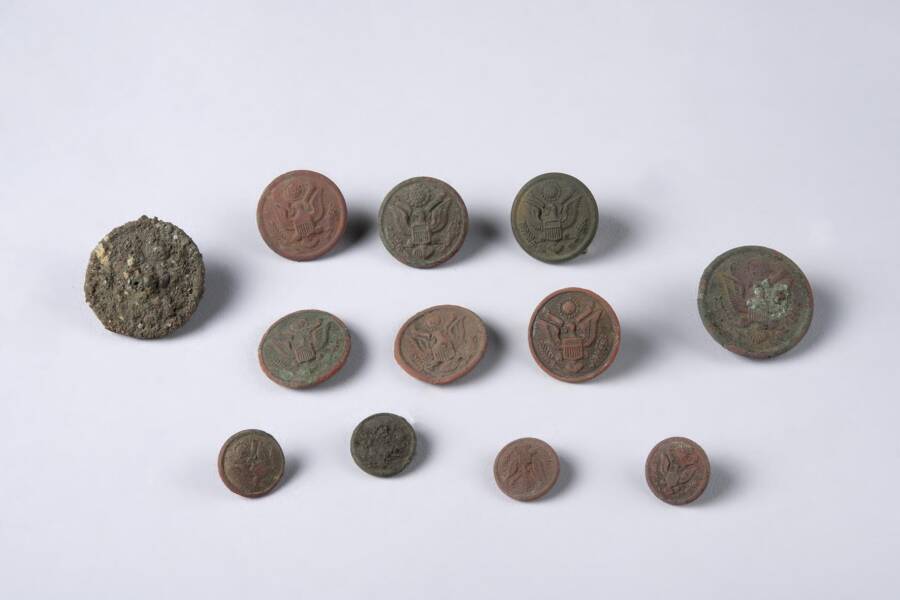

INRAPButtons that belonged to American soldiers’ uniforms.
While the complexes were primarily used for medical purposes, they also served as homes for American troops stationed in France. So, among items like forceps, medical vials, and other tools for surgery found at the site, there were also several personal items such as combs, tobacco pipes, razors, and mugs.
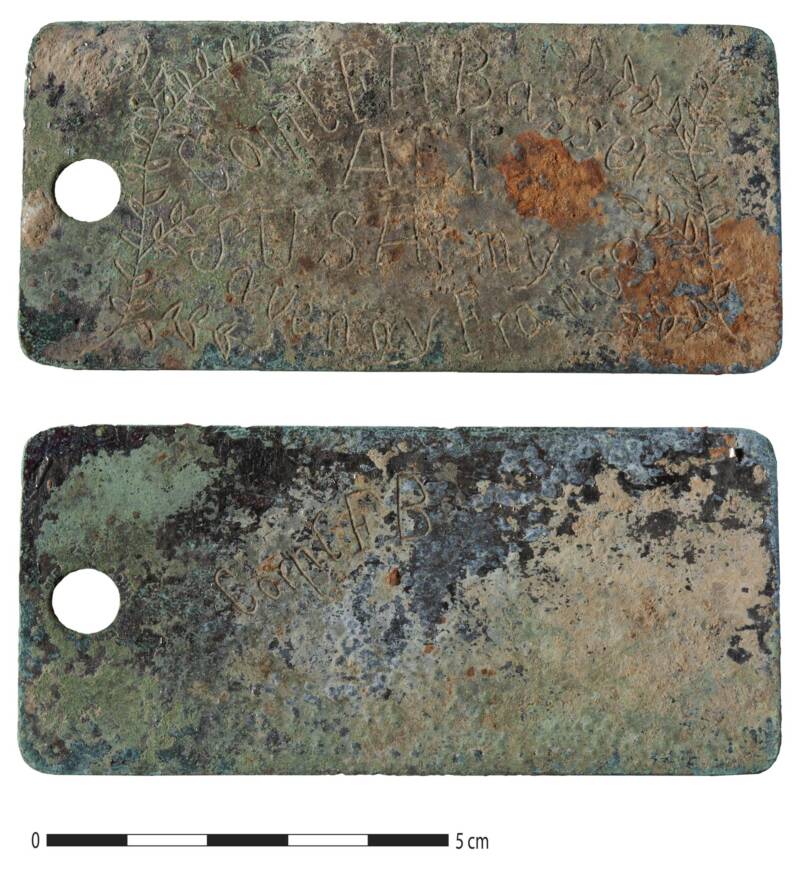

INRAPAn engraved mirror found at the site.
To gain a better understanding of what INRAP researchers called “this American time” in French history, a group of Saint-François of Assisi high school students worked alongside archaeologists to excavate the site.
Together, they put their findings into an exhibit, which opens May 23, 2024.
After reading about the discovery of this American military hospital from World War I, learn all about World War I’s trench warfare. Then, read about the Christmas Truce of 1914 that briefly put World War I on hold.
Related
What’s at stake for American culture with Trump’s Kennedy Center…
In her two decades as a human rights lawyer, working on issues in more than 25 countries, Hadar Harris says she is alarmed by what she's witnessing on U.S. soil
Denmark lost 52 soldiers fighting alongside the US. Now it…
Nick BeakeEurope correspondentBBCAll his adult life, Colonel Soren Knudsen stepped forward when his country called. And when its allies did.He fought alongside
As Trump upends foreign policy, Berkeley scholar sees irreparable damage…
Last week’s Oval Office blowup with Ukrainian President Volodymyr Zelensky exemplified what many foreign policy experts have long feared: that th
Trump creates a task force for the North American 2026…
President Donald Trump creates a task force to prepare for the 2026 W











